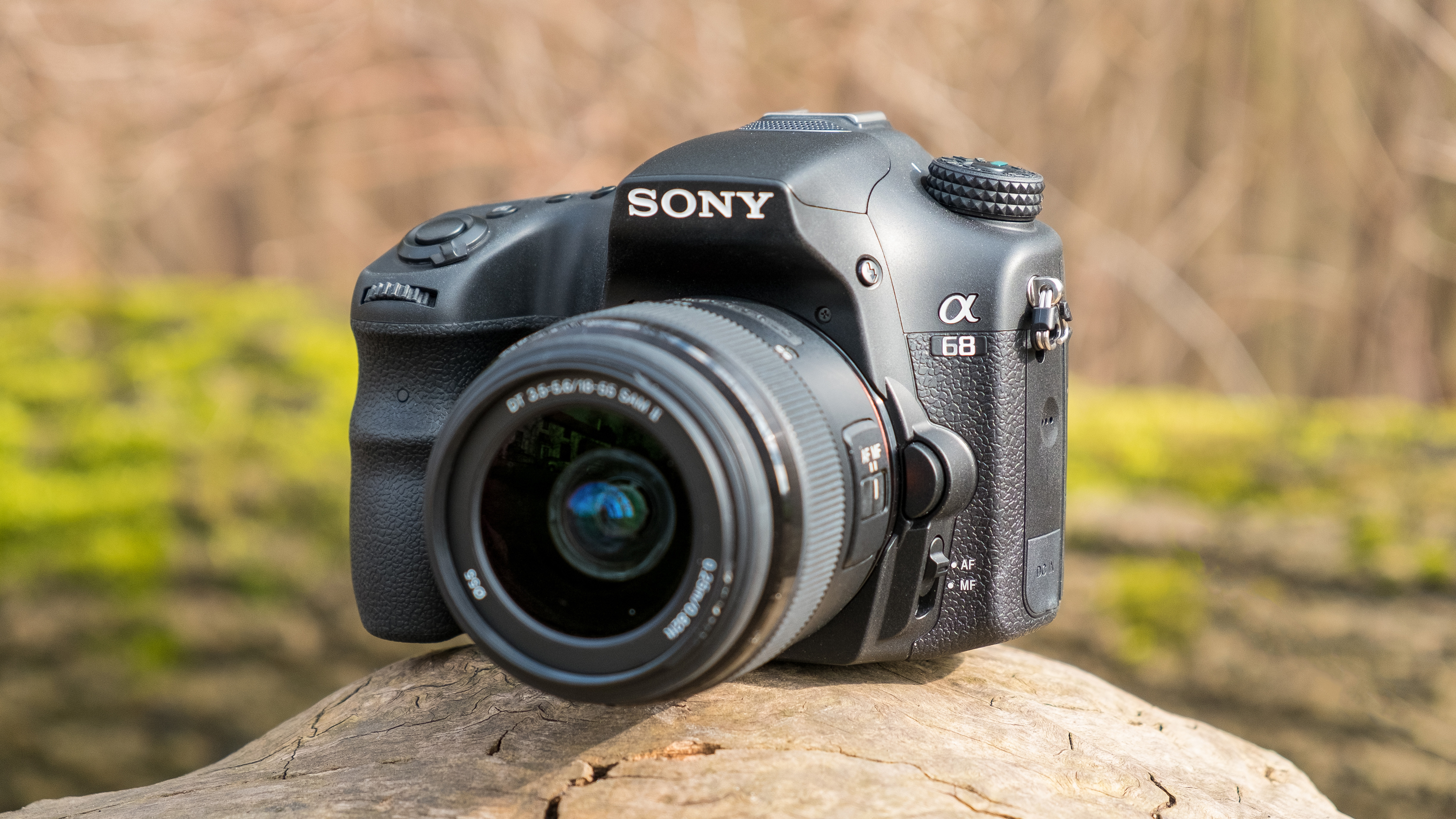Why you can trust TechRadar
The camera's start-up time is a little behind that of the average DSLR at this level, although the fast focusing system does at least allow you to bring a subject to focus quickly once the camera has started up. Likewise, although there is a slight delay when you raise the camera up to your face before the viewfinder is displayed, the focusing system gets to work instantly.
In many conditions I was impressed by just how quickly the camera was able to bring a subject to focus, whether the AF point had been pre-determined or whether this was left to the camera's automatic focus point selection. The latter is partly down to the high saturation of AF points across the frame, meaning that the likelihood of a point covering the intended subject is high, but it's also thanks to the fifteen cross-type points that are positioned within the central bank.
With the 18-55mm kit lens in place the camera focuses swiftly, although it's not the quietest and this may prove to be a hindrance when shooting in certain conditions. Those wanting something a little more discreet should divert their attention to lenses equipped with the much quieter SSM system.
Sony has made much noise about the camera's ability to track moving subjects, and testing validates claims of being able to do so to a better standard than the norm. I found the camera kept up well as it was tasked with tracking a variety of subjects, not flawlessly but particularly well when the subject was moving in a predictable manner (such as a jogger going in a single direction). Faster, less predictable subjects gave it more of a challenge, but this would be the case for any such system. In any case, the system's small green boxes clearly showed its ability to move well with the subject, and my hit rate was very acceptable.
With a fast card in place, I managed to capture an average of 56 Fine and 37 Extra Fine JPEGs on the camera's JPEG-only, Tele-Zoom Continuous Advance Priority AE 8fps option. This option crops into the centre of the frame and while it maintains AF tracking, exposure is fixed to that of the first frame. On the more standard 5fps burst mode, I achieved a rate of 21 Extra Fine frames and 33 Fine frames, but only around seven or eight raw or raw+JPEG images in one burst. So, the camera is clearly capable of capturing many images at a time at high speed, although if you want a continuous burst of raw images you're a little more limited.
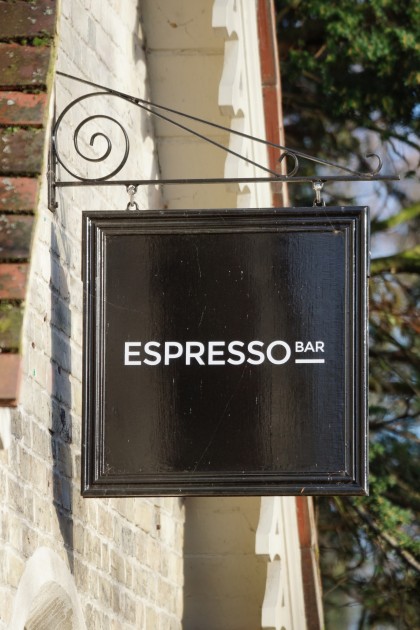
- The camera's DRO function is useful to keep on at all times as it helps to lift shadows and tame highlights where it deems necessary for a more pleasing result. Here it has brought up the shadows in both the sign and the background. Click here for a full size version.
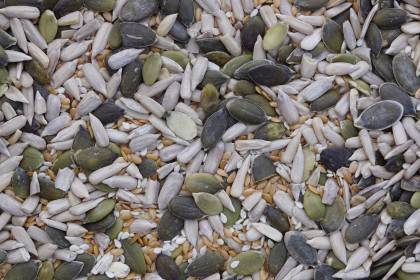
- As with many kit lenses the DT 18-55mm f/3.5-5.6 SAM II has its weaknesses, such as softness at wider apertures. Stopped down to f/11 it maintains some softness in the corners of the frame although details in the centre are well defined. Click here for a full size version.
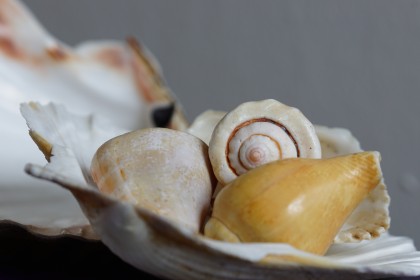
- The Creative Styles cover pretty much every eventuality, with a handful of more unique settings designed for specific situations. Here, the Autumn Leaves setting has intensified the yellows in these shells. Click here for a full size version.
The camera's metering system fares well in a range of conditions, although it has a tendency to underexpose relatively easily in the presence of highlights (although it does well the other way round to keep things balanced when shooting shadowy scenes). The saving grace is the camera's D-Range Optimizer function; although this doesn't adjust exposure globally, it does a good job to light up shadowy areas and bring back highlights where required in more problematic situations, helping to create a more pleasing and balanced result.
Colours are generally faithful in the Standard Creative Style, and the Auto White Balance system is consistent, although some may prefer these images to have a little more life to them, particularly those captured under overcast or otherwise less-than-ideal conditions. Fortunately a wealth of other Creative Styles and the ability to adjust their parameters can help, and I found the Vivid option a good substitute for the Standard setting.
Images captured on lower sensitivities are nice and clean, with a fine – but not unpleasant – texture beginning at around ISO 400 in everyday images. Past this point noise begins to affect images, even those captured in good conditions, and also the ability to process their raw version. Results from around ISO 3200 onwards are usable at smaller sizes, but noise, noise reduction and the softness from the kit lens mars results on all but the lowest settings. A better quality optic and keeping an eye on ISO is the best course of action for getting the most out of what the camera can do.

- I used the camera's continuous focus system together with the Lock-on AF mode to keep the camera focused on this squirrel, and close examination shows the key areas to be well defined. Click here for a full size version.
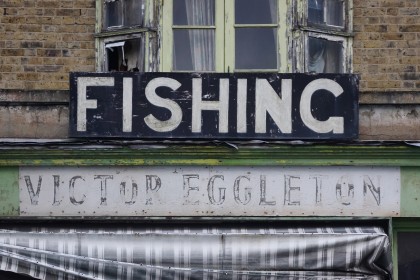
- While the image could benefit from around half a stop of positive exposure compensation, the Auto White balance system has done well to reproduce the tones in this image, which was captured during fading daylight. Click here for a full size version.

- The camera's image stabilisation system proves to be useful. At an effective focal length of 270mm, I managed to capture acceptably sharp images at around 1/30sec, which is around three stops from what would normally be possible. The system does appear to flash its warning sign a little too easily, and there were a handful of occasions where I managed to produce the kind of results I, and I imagine many other people, would be perfectly happy with, despite being warned that the results may be compromised. Click here for a full size version.
Kit lenses are not exactly designed to impress, and the DT 18–55mm F3.5–5.6 SAM II is sadly testament to this, with a general lack of sharpness at wider apertures. Stopping the lens down to a mid-range aperture does improve things, however, and the camera's JPEG processing does give images a decent spit and polish over corresponding raw files. Distortion at the wideangle end of the lens is about as noticeable as expected, although this can be easily rectified.
The camera can capture very pleasing videos, with footage displaying a good level of detail and a natural feel. Audio quality is also nice and clear, with sounds heard well over ambient noise in the scene, while the autofocus system, which can continue to operate while recording on account of the Translucent Mirror Technology, brings details to focus smoothly. Of course, you can use manual focus for more considered shooting, but for everyday footage I found leaving the camera to its own devices turned out perfectly good results.
